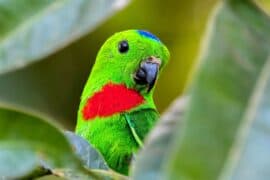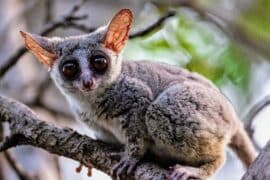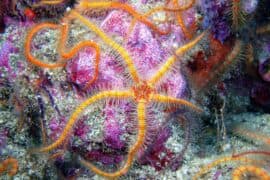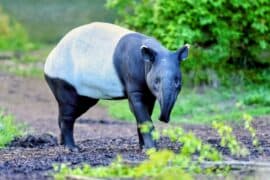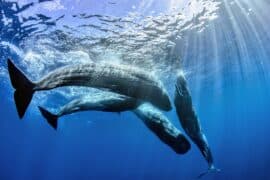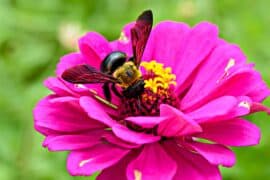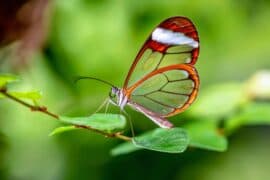Polistes canadensis
(Polistes canadensis)
Description
Polistes canadensis, commonly known as the red paper wasp, is a Neotropical, primitively eusocial wasp. A largely predatory species, it hunts for caterpillar meat to supply its colony, often supplementing its developing larvae with nectar. The most widely distributed American species of the genus Polistes, it colonises multiple combs, which it rears year-round. Emerging from hibernation in the spring, the females found nests built out of plant material such as dry grass and dead wood. These nests are not covered with an envelope and feature hexagonal cells in which eggs are laid and larvae develop. The Polistes canadensis colony divides its colony among several combs and does not reuse these combs as a defense mechanism against parasites such as the tineid moth. A single female queen with, on average, 9.1 foundresses, usually initiates the construction of new combs and cells to form nests. The more foundresses in a colony, the more combs produced. On average, combs grow for 15.4 days and achieve a size of 30.8 cells. One female queen exercises absolute dominance over all other females, often using lateral abdominal vibrations and stroking to suppress the aggressive behavior of her nestmates. While the queen handles all the nest reproduction, the subordinates work to care for, defend, and feed the nest instead. The divisions of labor within the nest correlate with the ages of the red paper wasps. Aside from the female division of labor, male red paper wasps engage in two alternative mating tactics: the role of the territorial male (who chases away intruding patrollers) and the role of the patroller (who flies from tree to tree and does not chase other males). The study of the dominance relations within the Polistes canadensis has provided insight into the social organization that characterizes many social invertebrates.
Taxonomic tree:

